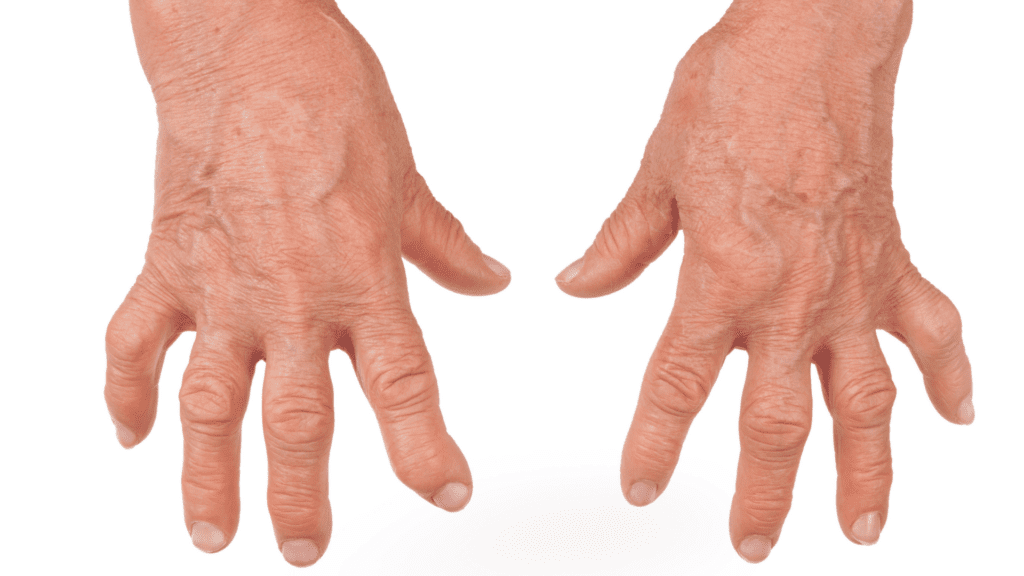Rheumatoid arthritis (RA) is an autoimmune disease that damages joints and ligaments when the immune system attacks the body’s own tissues.
While the inflammation caused by RA can occur throughout your body, the effects of the disease are often most noticeable in the hands of people with RA.
This damage can result in twisted joints, gnarled ligaments, and ultimately destruction of the joints in later stages of the disease.
Joint deformities in people diagnosed with RA are becoming less frequent and less severe, thanks to earlier diagnosis and more effective treatments.
However, in addition to being painful, these changes in the hands can make it difficult to perform everyday tasks.
What Causes Hand Deformities in Rheumatoid Arthritis?
A major misconception about RA is that it’s solely a joint disease, according to Alejandro Badia, MD, FACS, founder of the Badia Hand and Shoulder Center in Miami, Florida.
“It’s largely a disease of the soft tissues,” he explained. This includes ligaments and tendons, he said, although joints also are severely affected.
That’s especially true in your hands. They contain a large number of small bones, called phalanges and metacarpals, that are connected by joints. These joints are responsible for movement of your fingers.
In people with RA, the lining of these joints, called the synovium, is attacked by immune system cells. The synovium normally produces fluid that allows the joints to smoothly glide on their cartilage covers.
When inflammation causes the synovium to swell, a fibrous layer of abnormal tissue, called pannus, forms. In turn, this releases chemicals that cause:
• bone erosion
• cartilage destruction
• ligament damage

The destruction makes ligaments and joint capsules — dense, fibrous connective tissue that forms a sleeve around the joint — less able to support the joints. This causes joints to lose their shape and alignment. As a result, your joints:
• become dysfunctional
• cause pain
• result in visible abnormalities
People with RA generally have high levels of acute phase reactants — C-reactive protein (CRP) and erythrocyte sedimentation rate (ESR) — which are markers of inflammation in the body.
People with RA can also demonstrate positive antibodies, such as the rheumatoid factor (RF) and cyclic citrullinated peptide (CCP) antibodies. The presence of anti-CCP antibodies is associated with a risk of more severe disease.







